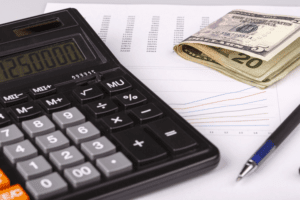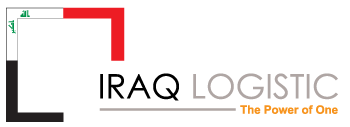Short-Term Assets: Overview, Benefits and Examples

Happy Eid Al-Adha
July 29, 2020Treatment of Substance Use Disorders Overdose Prevention
December 31, 2021
The more sales you generate, the more current assets your business will have. Focus on specific strategies to boost revenue, such as introducing seasonal promotions or discounts to drive sales during slow periods. For instance, if you run a retail business, offering a subscription box with monthly deliveries could provide consistent revenue. Outstanding payments can tie up your cash and hurt your liquidity, so focus on how you can get paid faster. A couple of ways you can do this is by offering a small discount for customers who pay their invoices early or switching from 30-day terms to 15-day terms. Also, consider using invoice software to send automatic reminders to your customers and get real-time tracking on your overdue payments.

Use PLANERGY to manage purchasing and accounts payable
Both investors and creditors look at the current assets of a company to gauge the value and risk involved in doing business with the company. They typically use liquidity ratios to compare the assets with liabilities and other obligations of the company. Some common ratios are the current ratio, cash ratio, and acid test ratio.
Example Calculation of Total Current Assets
The two primary types https://www.bookstime.com/tax-rates/massachusetts of liabilities are often referred to as current liabilities and non-current liabilities. You simply add up all of the cash and other assets that can easily convert into cash in a year. When a business generates excess cash that is not needed for operations or distribution to shareholders, it can either keep the money in a bank account or invest it. Remember, the types and categories of these assets can vary depending on the nature of the business.
Tips and Examples
- Such funds are prepaid expenses with services or products that the business will consummate in the future.
- Any short-term investment that has less than 12 months to maturity or is expected to be sold or converted into cash within one year should be classified as a current asset.
- She holds a Masters Degree in Professional Accounting from the University of New South Wales.
- Current assets are the first thing listed on a balance sheet as they are the most liquid assets, and a balance sheet is listed in order of liquidity.
- The cash balance shown under current assets is the balance available with the business.
- Quick ratio, which compares only cash and receivables to current liabilities.
Current Assets are cash and other assets that can be converted into cash within one year. This is usually the standard definition for Current Assets because CARES Act most companies have an operating cycle shorter than a year. Prepaid expenses include anything you’ve paid for but expect to benefit from over time. If you’ve paid for a year-long lease or an extended insurance policy, you have prepaid expenses. Report these on your company’s income statement over the period the payment covers. Marketable securities are investments that can be readily converted into cash and traded on public exchanges.

What is the difference between current assets and non current assets?
This cash can be promptly used to meet its day-to-day expenses, and typically includes coins, currencies, funds on deposit with bank, cheques and money orders. There are a few different types of assets, but not all of them are considered current assets. For example, property, plant, and equipment are not typically considered current assets. This category includes any other asset that can be quickly converted into cash. Companies with wider gaps among are any assets easily converted into cash within one calendar year these metrics are in better financial positions. Businesses with higher current liabilities than current assets may be forced to take on more debt or sell long-term assets to keep up with current obligations.

Current assets are the short-term assets that the company expects to convert into cash or use up within one year or during the company’s normal operating cycle. Cash, inventory, accounts receivable, and other short-term assets are included in these current assets. The managing of current assets is very vital to a business since it defines the liquidity of the company and its ability to meet short-term obligations. Current assets are important components of a company’s balance sheet and financial statements.
